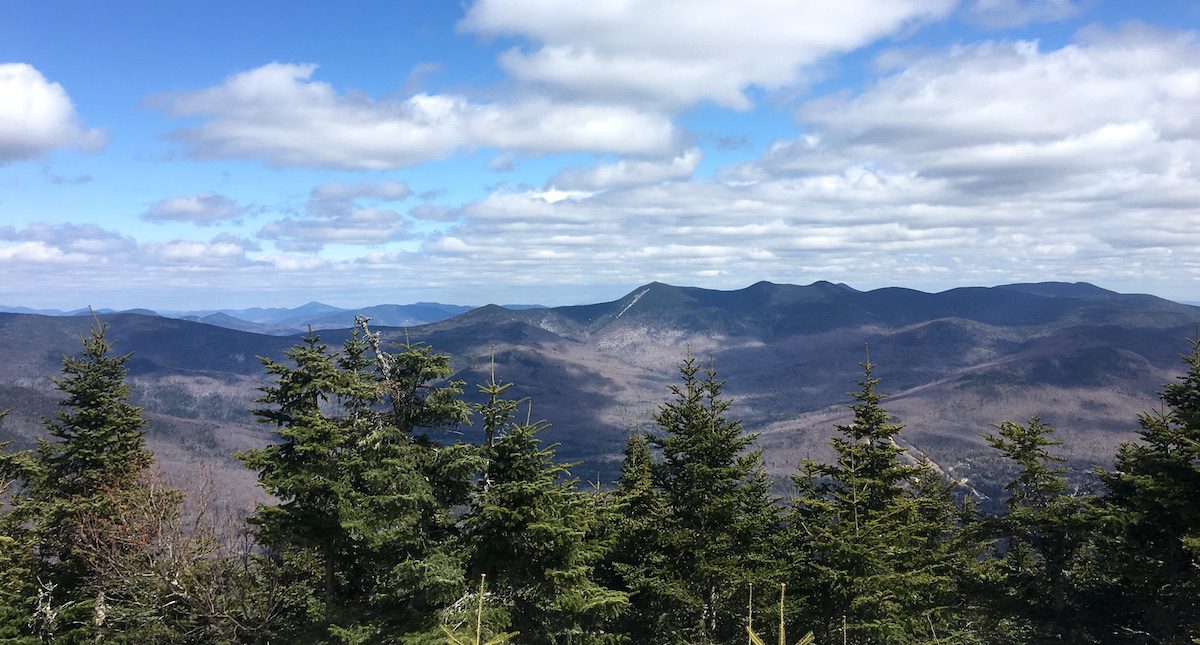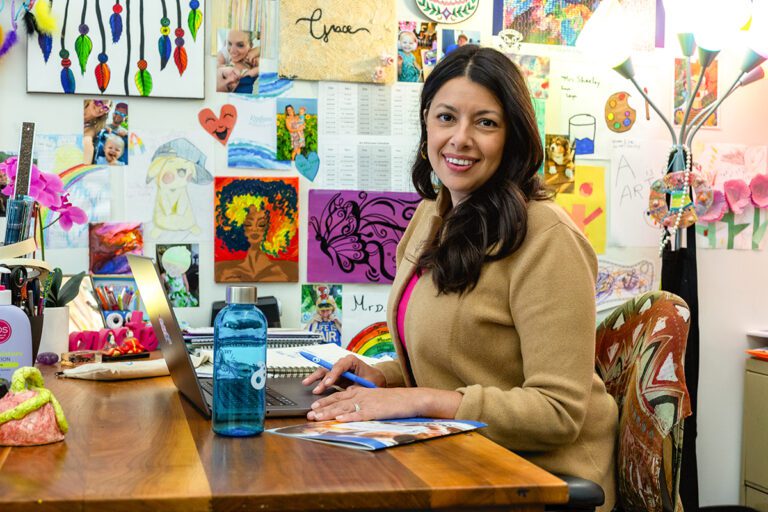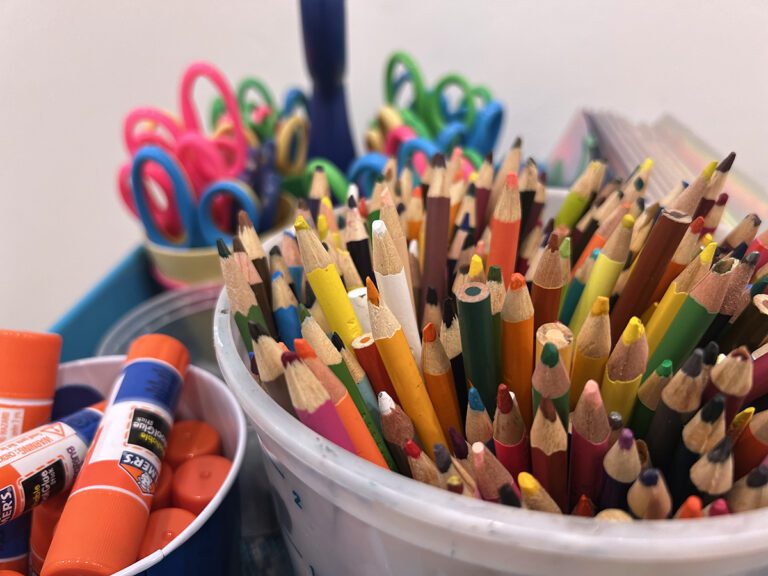As the seasons change and the days get shorter, it can be difficult to get outside, especially if you live in a chilly region. The reality is many of us drive to school in the dark and back home at sunset. We spend our whole day surrounded by fluorescent lighting; breathing in fumes from electronics, and perhaps, if we’re lucky, getting a bit of sun from small windows.
Not only is this not good for our health, but it is bound to lead to the dreaded “Teacher Burnout” we hear about on social media.
Here are 5 reasons to get outside this weekend!
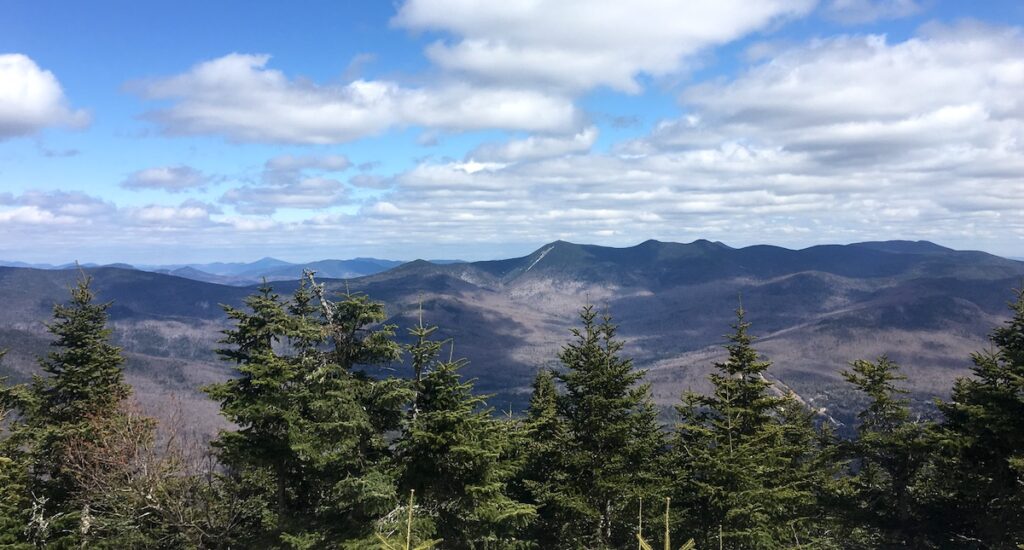
1. It will reinvigorate your creative juices.
Art teachers need to be creative all day long. That’s hard to do if you’re not feeding your brain new creative information on drab winter days. Variety is the spice of life. So, diversity in what we see, smell, hear, and imagine can lead to new and exciting ideas for lessons, artwork, and even just the flexibility to deal with difficult behavior issues.
If you’re feeling uninspired, lace up your shoes and take a walk. Notice how energized and focused you feel after changing your perspective and getting some fresh air.
2. It’s good for your mental health.
Artists can often have brooding souls. Many of us suffer from what’s known as Seasonal Affective Disorder (SAD) or depression-like symptoms due to the change in seasons. Although it would be great if during colder months we could curl up with a painting while lightening our school/home workload, the reality is that winter is often our busiest time.
It’s important to take care of our mental health during the darker days so we can be at our best for our students. Exercise, exposure to nature, and clean air have been shown to decrease stress, increase serotonin production, and improve sleep. Make time for getting outside as part of your self-care routine!
3. It can be a fun social activity.
Winter can be isolating. Sometimes we see the characters from our favorite Netflix series more than our friends or our colleagues at school. Collaboration and connection with others are what keep us motivated and feeling supported in our taxing jobs. Not to mention, we need the adult interaction!
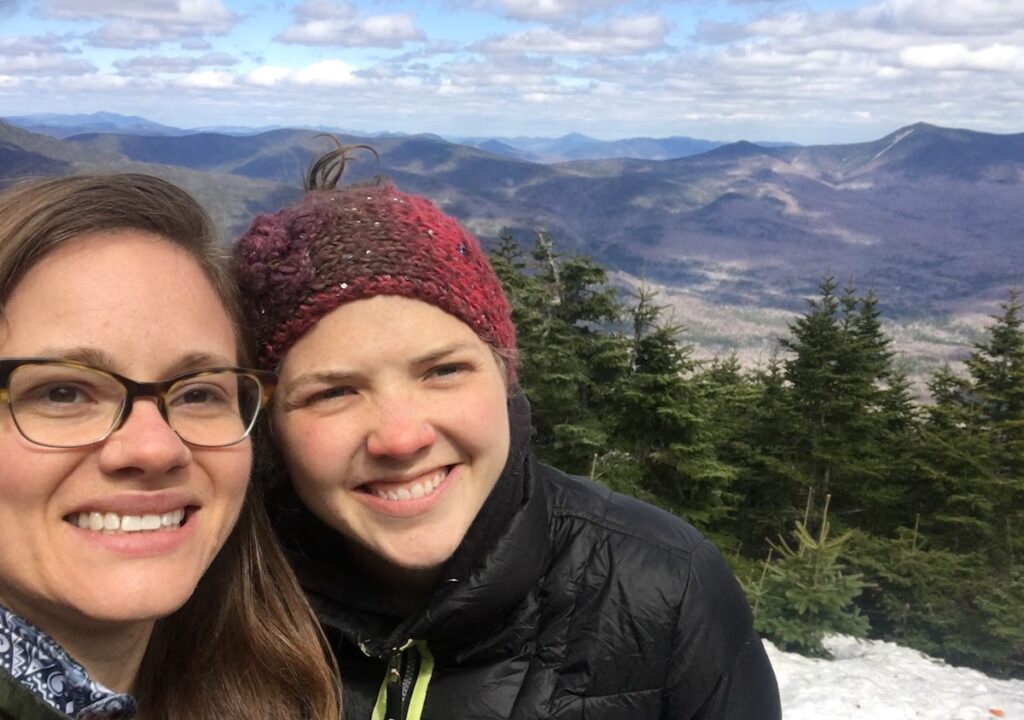
Make a date with a colleague or friend to join a local hiking class, trek to a nature reserve, or even just bop around to shops in your own neighborhood. Conversation makes even the coldest days more interesting.
4. It will help you stay in shape.
Our bodies and minds need extra attention in the winter. Although these months are a great time to check out a yoga class or join a gym, outdoor exercise has added benefits. More sunlight, fresher air, and better scenery are just a few.
Invest in some good winter gear, and make it a habit to exercise outside a few times a week. This doesn’t have to be running or walking (beware of ice!) but can mean sledding, snowshoeing, snowman building, and ice-skating! There is a literal winter wonderland of ways to move your body outside.
5. You’ll be a great role model for your students.
As a major role model for our students, it’s important to demonstrate that the world outside of school is not all video games and TV in the winter. Many of our students could benefit from positive role models, who care for their physical and mental health. Our students come from a variety of home lives, some of which are extremely stressful, and with mental health issues at an all-time high, teaching students proper self-care is essential.
Share photos of your weekend jaunts or offer an alternative homework assignment that involves getting outside. Have students sketch, take photos, or do “research” for your winter-themed art projects for extra credit! Elicit their help to collect natural materials or challenge them to a snowman building competition.
Here are 10 creative ways to get yourself out the door and breathe in that sweet fresh air!
- Take a walk in your neighborhood and collect five natural items. Bring them home to sketch in your sketchbook.
- Plan to meet another art teacher near your local art museum. Meet at a place where you can get a hot cup of tea and map a fun walk through the city!
- Take your sketchbook to go for a walk. Make some 10-second blind contour drawings of items you find along the way.
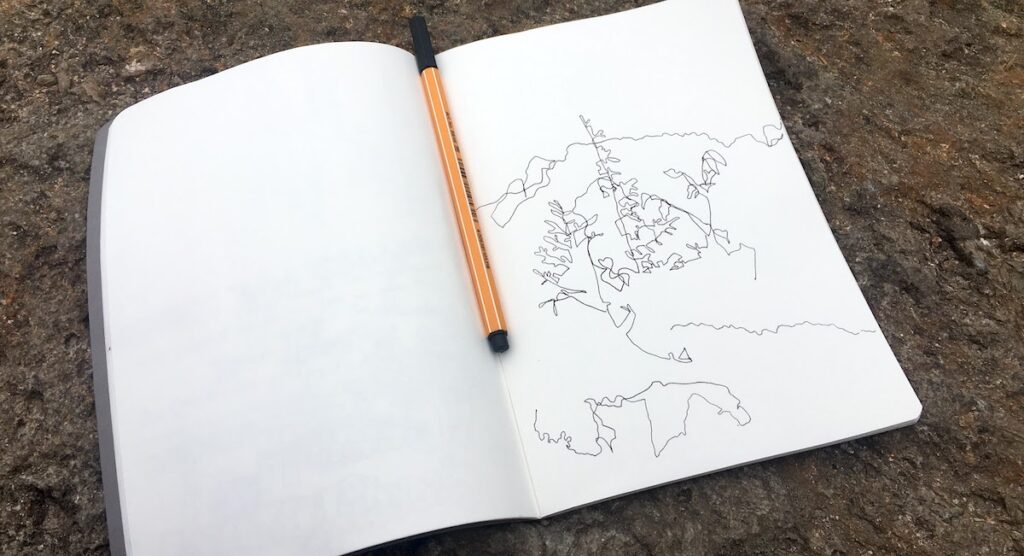
- Get your family involved in an afternoon where you explore local hiking spots. Take your camera and capture some beauty!
- Invest in a camera and take the time to learn how to use it outdoors. Perhaps even join a camera club or class, which often involves being in nature.
- If you’re new to outdoor activities, check out your local outdoor sports store or club. They often sponsor free learning events and hikes so that you can feel safe even in the cold.
- Get in touch with your inner child! Grab a sled, build a snowman, or just play in the snow.
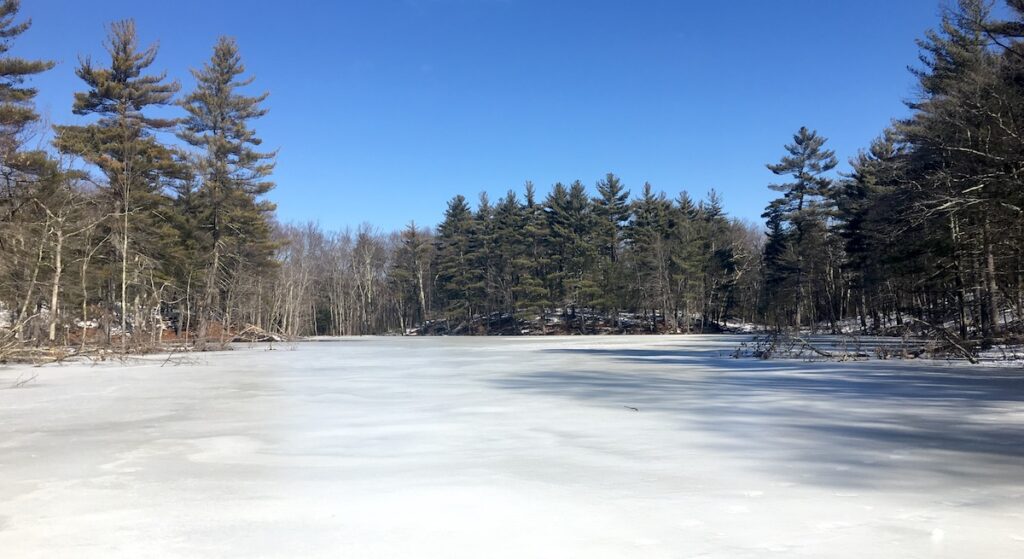
- Walking meditation is a great way to calm anxiety. The next time you feel overwhelmed, take a walking meditation. Notice the breath entering your nose and filling your belly, focus the movement of your feet and how it connects to your breath or name small objects you pass by.
- Challenge your students to get outside more to keep up with you. Inspire them by sharing your own outdoor adventures.
- Invite a colleague to go for a walk at lunch or go outside and join students for recess once a week. Being outside the building for even 10 minutes will reinvigorate you for the rest of the day.
Getting outside, especially into nature (that’s for you city-dwellers!) can inspire you and keep you healthier and happier. We all know you can’t pour from an empty cup, so make sure you take the time to fill yours this weekend! But don’t feel guilty if you need a day to rest and recharge indoors. There’s always tomorrow!
Do you get outside often in the winter?
What are your favorite winter activities?
Magazine articles and podcasts are opinions of professional education contributors and do not necessarily represent the position of the Art of Education University (AOEU) or its academic offerings. Contributors use terms in the way they are most often talked about in the scope of their educational experiences.
